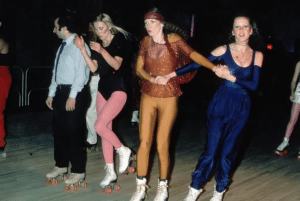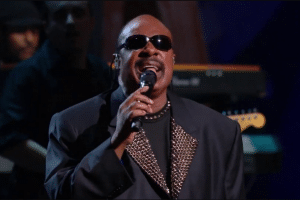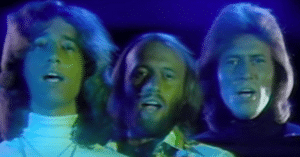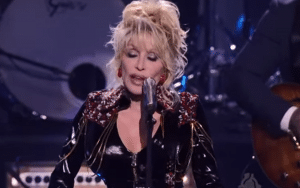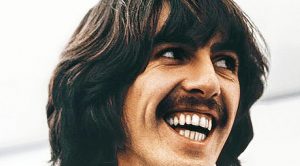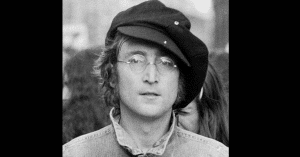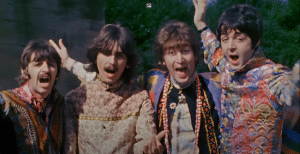Carlos Santana’s Top 10 Guitar Solos
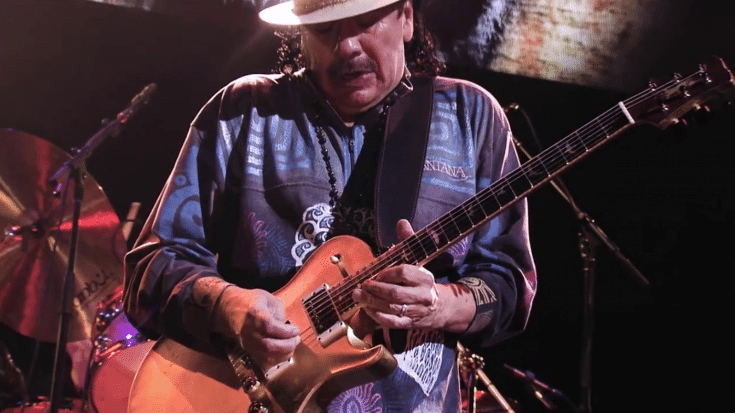
via Binbir Surat / YouTube
Carlos Santana, the guitar maestro who seamlessly blended the vibrant rhythms of Latin music with the electrifying power of rock and the intricate melodies of jazz, stands as a musical pioneer whose influence knows no bounds. Emerging from the humble beginnings of playing on street corners in the transformative 1960s, Santana’s journey has been one of relentless innovation and unyielding passion for his craft.
Santana’s music is more than melodies and strings; it’s a spiritual adventure that breaks down boundaries. Through his guitar, he tells stories of love, struggle, and hope, echoing the feelings we all share. His music is like a conversation between different cultures, a dance that mixes tradition and innovation flawlessly. Whether it’s the passionate rhythms of Latin tunes, the fierce energy of rock rebellion, or the thoughtful improvisations of jazz, Santana blends these elements into a mesmerizing sound that captures hearts around the world.
Here are his top 10 guitar solos that have left an indelible mark on music history:
10. “Europa”
Found in the album “Moonflower” (1977), “Europa” is a breathtaking journey through Santana’s musical prowess. This instrumental masterpiece carries you away with its enchanting melody. Santana’s signature tone, a midrange-rich sound that seems plucked from guitar Olympus, finds its perfect home in “Europa,” etching this tune into the annals of guitar history.
https://www.youtube.com/watch?v=PErWSMPPJCs
9. “Soul Sacrifice”
Emerging right from Santana’s debut album, “Soul Sacrifice” became a cornerstone of his musical legacy. This track is a rhythmic tapestry that fuses robust guitar riffs with the heartbeat of percussive elements. Santana’s solos burst forth like flames from the mix, capturing the very essence of his magical sound. The song often stretches into extended live versions, sometimes spanning up to 20 minutes with Santana’s scorching guitar improvisations.
8. “Jingo”
Delving deep into the heart of African rhythms, “Jingo” is a vibrant testament to Santana’s fusion of Latin and Caribbean influences. Santana’s guitar becomes part of a mesmerizing call-and-response exchange with the band’s percussion, showcasing his dexterity with his beloved SG fitted with P-90 pickups.
7. “Samba Pa Ti”
Nestled within the tracks of “Abraxas” (1970), “Samba Pa Ti” showcases Santana’s experimentation with guitar sounds. In this song, Santana’s innovation shines as he explores volume swells and other extended techniques, creating a sonic landscape that’s both tender and powerful. A standout feature of his performance is leaving the wah-wah pedal cocked open throughout the entirety of the song, resulting in a luscious, warm distortion that envelops the listener.
6. “She’s Not There”
A hidden gem within “Moonflower” – “She’s Not There.” The song’s solo is a captivating surprise that starts with subtle guitar punctuations, gradually building momentum until it unleashes a torrent of frenetic skill. Santana’s guitar prowess takes center stage, turning this solo into one of the most unforgettable moments of his career. The solo’s structure mimics the song’s progression, beginning with precision and gradually escalating to a wild crescendo.
5. “Black Magic Woman”
“Black Magic Woman,” a song that took the world by storm, symbolizes Santana’s ascent to mainstream success. Introduced by Peter Green of Fleetwood Mac, the song became synonymous with Santana’s signature sound, characterized by weeping melody lines and a powerful musical presence.
4. “Evil Ways”
Within the vibrant mosaic of Santana’s discography, “Evil Ways” stands out as a snapshot of youthful aggression. The song exudes a laid-back groove, with Santana’s smooth vocal performance lulling the listener. However, a surprise awaits as Santana shifts the dynamics, unleashing a break filled with a youthful fervor that contrasts with the song’s overall vibe. Santana’s guitar becomes a conduit for raw energy, creating a moment that showcases his ability to seamlessly transition between different musical dimensions.
3. “Hope You’re Feeling Better”
“Hope You’re Feeling Better,” a track from “Abraxas,” unveils a different facet of Santana’s musical identity. Santana’s dynamic solo weaves seamlessly with the vocals, amplifying the emotional intensity of the song. The guitar break adds a rock-infused edge, injecting a burst of energy that resonates with the listener. Santana’s playing style evolves within the song, reflecting his early pop sensibilities while maintaining the signature elements that define his sound.
2. “Oye Como Va”
“Oye Como Va” is a vibrant celebration of Santana’s roots, paying homage to Latin big-band leader Tito Puente. Santana’s guitar melodies are a reflection of his upbringing. With each note, Santana paints a vivid picture of his musical heritage, infusing the song with his unique flair. The guitar solos evoke memories of dusty streets and vibrant festivals, encapsulating the spirit of Santana’s Jalisco roots.
1. “Incident at Neshabur”
At the pinnacle of Santana’s musical exploration lies the jazz masterpiece, “Incident at Neshabur,” a track from the album “Abraxas.” This song highlights Santana’s improvisational genius, seamlessly blending his Latin roots with the modal jazz influences of luminaries like Miles Davis and John Coltrane. “Incident at Neshabur” showcases Santana’s ability to craft a musical narrative that spans different sonic territories. It’s a canvas where Santana’s guitar becomes a storyteller, navigating through harmonies and melodies that reflect his limitless originality.





